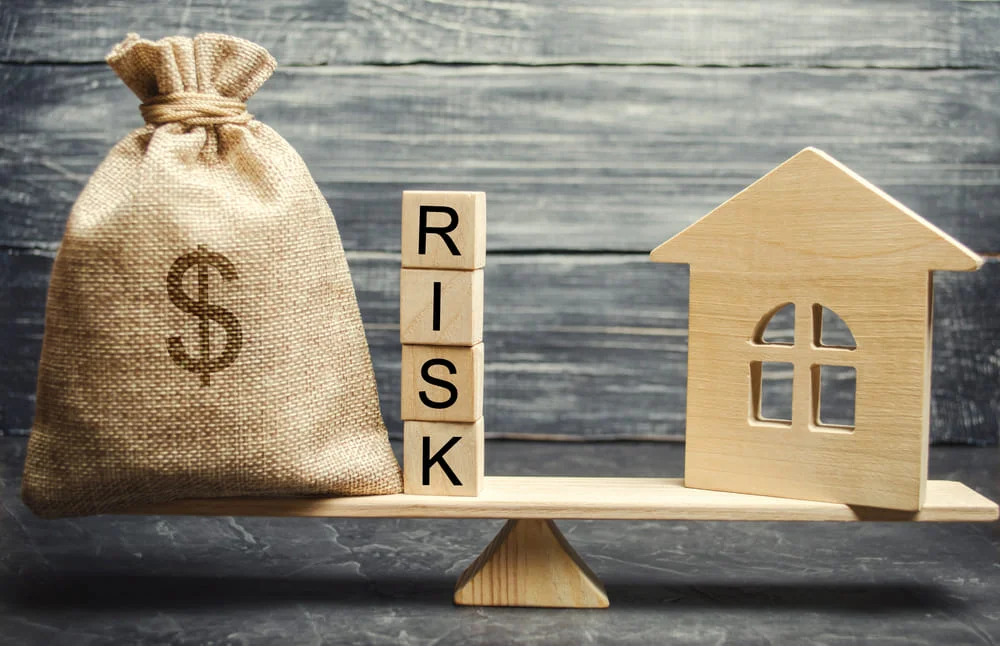
In order to make profitable investments, it’s vital for you to understand the cycles of the real estate market because they directly affect the value of properties you may want to consider.
The first thing to understand that just like the weather has four seasons, so does the real estate market have four general cycles – an up market, a peak market, a down market, and a bottom market. In other words, just as temperatures fluctuate during spring, summer, fall and winter so do property prices in the residential real estate market go up and down in their cycles.
However, unlike weather seasons, market cycles tend to last longer – approximately seven to ten years. Keep in mind that these cycles are normal functions of dynamic markets and are affected by factors within those markets.
Now, let’s take a closer look at the four general markets and what goes on in each of them.
An Up Market
This market occurs when home prices are rising. It’s also called a “seller’s market” because sellers can pretty much get the price they want since there are so many buyers who want to buy properties before prices get higher. In essence, demand exceeds supply. Here are the signs of an up market: to be aware of:
- Prices are appreciating.
- Inventory levels are low.
- There are multiple offers on properties.
- There are a short number of days-on-market (DOM).
- There is optimism and excitement “buzz.”
- Investors feel good about investing.
A Peak Market
As the name indicates, this is when prices reach their maximum. It also has the name “bubble market” because prices can’t go any higher and the “bubble” will burst, sending the market into the next cycle. Here are the signs of a peak market to look for:
- Demand and supply are in balance.
- Prices are (or have) leveled off.
- There is euphoria (“irrational exuberance”) in the marketplace.
- Offers on properties flatten and decline.
- Days-on-market (DOM) increase.
- Inventory levels start to increase.
- Many investors feel the market will keep on going.
- It’s the point of maximum financial risk.
A Down Market
When prices start dropping, you have a “buyer’s market.” In a nutshell, more people want to sell their properties than there are buyers. Demand dries up, and supply exceeds demand. This creates downward pressure on prices, and buyers can find some great deals while sellers have to accept less money for their properties than they might like. Here are the characteristics of a down market to look for:
- Offers on properties decline rapidly.
- Prices decline due to lack of demand.
- Anxiety, denial, fear, desperation, panic – all emotions come into play.
- Days-on-market (DOM) lengthen considerably.
- Inventory levels increase substantially.
- Many investors get caught using the wrong strategy.
A Bottom Market
This is when housing prices hit rock bottom and can’t go down any more. There are an equal number of buyers and sellers in the market and supply and demand are back in balance. This situation starts the cycle all over again as prices start to rise. Here are the characteristics of a bottom market to be aware of:
- Prices reach a low point and flatten.
- Offers on properties are sparse.
- Days-on-market (DOM) are near the high point.
- Capitulation, despondency and depression occur.
- Bottoms usually last for a few years.
- This is the point of maximum financial opportunity.
You should also be aware of a prolonged (“flat”) bottom phase. This is a situation in which the market doesn’t recover and stays in a depressed state. Many “rust belt” states have found themselves in a prolonged bottom phase in recent years. However, remember, money can still be made during this phase using the right investment strategy!



